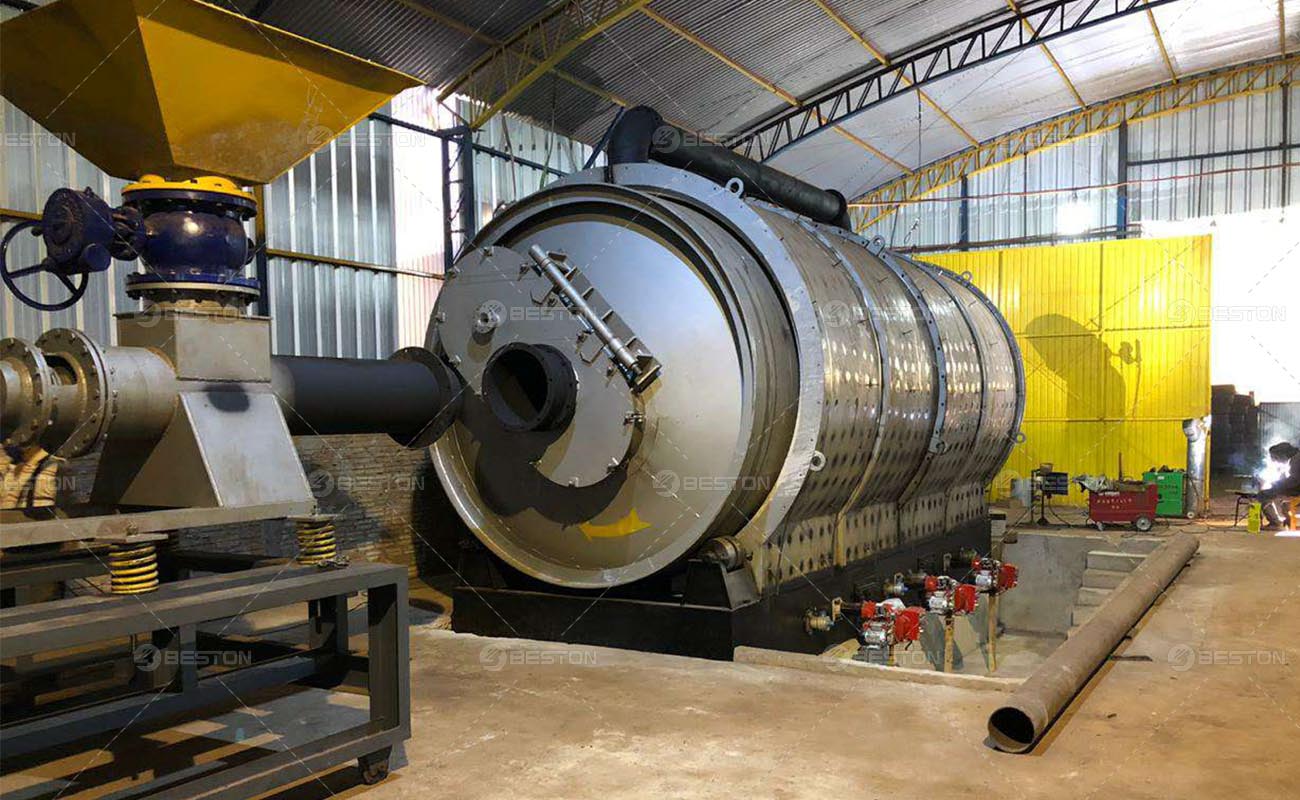In an era where sustainable solutions take precedence, plastic waste management has emerged as a critical challenge. Plastic pyrolysis plants offer a promising avenue for transforming plastic waste into valuable resources. However, navigating the investment landscape requires a thorough understanding of the cost dynamics associated with these plants. This article delves into the intricacies of cost analysis for plastic pyrolysis plants, providing insights for informed investment decisions.
Key Components of a Plastic Pyrolysis Plant
The efficacy of a plastic pyrolysis plant hinges on its key components, each playing a vital role in the conversion process. The pyrolysis reactor serves as the heart of the operation, facilitating the breakdown of plastic materials into valuable byproducts. The condensation system comes next, recovering valuable liquids and gases from the pyrolysis process. Additionally, the heat source chosen profoundly impacts operational efficiency and thus, cost considerations.

Factors Affecting the Cost of a Plastic Pyrolysis Plant
The pyrolysis plant cost is subject to various factors, with plant capacity being a prominent one. Scaling up or down can significantly influence the initial investment and operating expenses. Automation and control systems add another layer of complexity; while they enhance efficiency, they also require upfront investment. Reactor material and design choices introduce a balance between durability and initial expenses, each affecting the long-term cost profile.
Direct Costs vs. Indirect Costs
Direct costs encompass both capital expenditure and operating expenses. Capital expenditure includes costs related to plant acquisition, installation, and infrastructure setup. Operating expenses cover utilities, raw materials, and other recurrent costs. On the other hand, indirect costs involve maintenance, labor, and ensuring compliance with environmental regulations. These indirect costs can have a substantial impact on the overall cost of ownership.
Return on Investment (ROI) Calculation
Calculating ROI is an essential step in cost analysis. Revenue generated from end products like pyrolysis oil and carbon black must be estimated accurately. This estimation involves considerations such as market demand, pricing, and production volumes. The payback period, a critical metric, signifies the time required to recover the initial investment. Coupled with profitability analysis, these metrics provide a comprehensive view of the investment’s financial viability.
Conclusion
In conclusion, analyzing the cost of a plastic pyrolysis plant is a multifaceted endeavor. With key components, plant capacity, material choices, and indirect costs influencing the investment, a comprehensive evaluation is essential. The ROI calculation provides a realistic outlook on the financial aspect, aligning the investment with sustainability goals. As plastic waste management continues to be a global concern, understanding the cost dynamics of plastic pyrolysis plants empowers stakeholders to make informed decisions that are both environmentally conscious and economically sound.

Comments
No comments yet. Be the first to react!